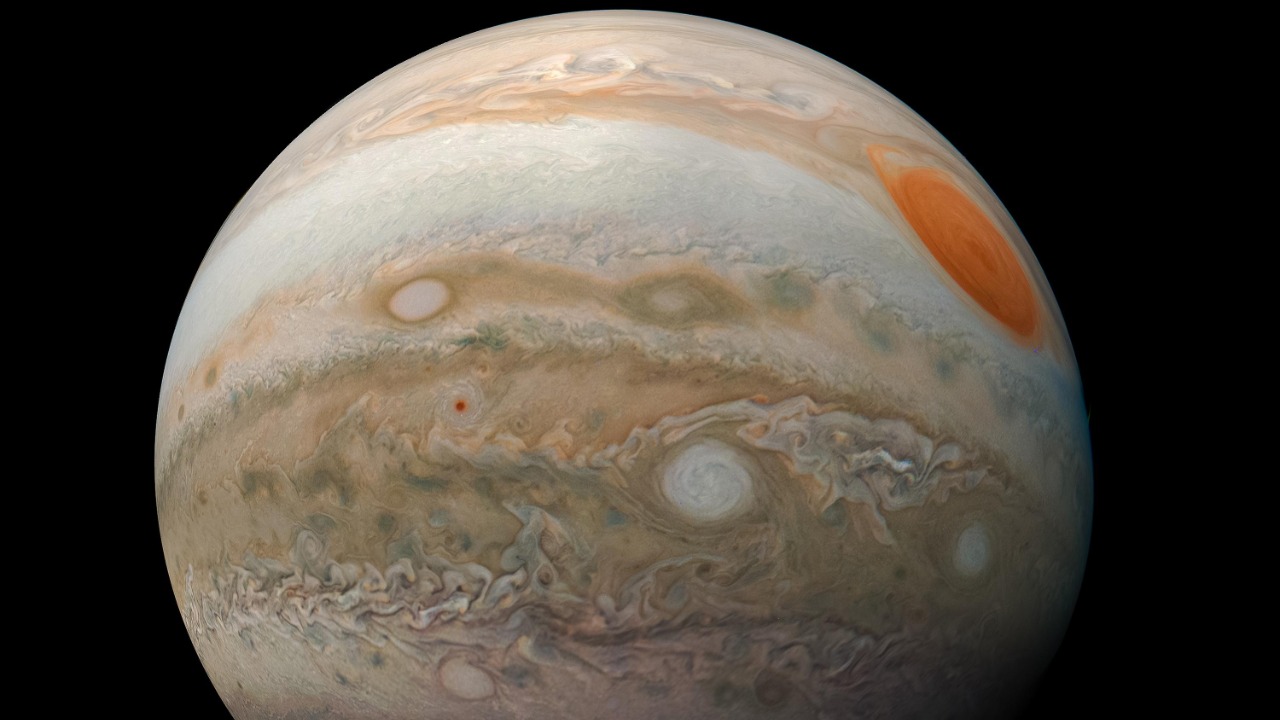
In a groundbreaking discovery, scientists have captured images of extreme weather patterns on a rogue planet, exhibiting atmospheric chaos that surpasses even the turbulent storms of Jupiter. This isolated planet, free from any star’s influence, presents a unique case study in exoplanet dynamics, furthering our understanding of these intriguing celestial bodies.
Defining Rogue Planets
Rogue planets are free-floating worlds, ejected from their stellar systems, with no orbit around a host star. Despite their isolation in the cold void of interstellar space, these planets maintain internal heat through radioactive decay and residual formation energy, enabling potential weather systems. Their detection, however, is a challenging task due to their rarity and the advanced techniques required, such as microlensing or direct infrared imaging.
The Historic Capture of the Weather Event
On November 12, 2025, scientists used advanced telescopes to image the rogue planet’s atmosphere, capturing the wildest weather ever observed on such a planet. High-resolution spectroscopy played a crucial role in revealing swirling cloud formations and high-velocity winds. An international team of scientists, credited with this historic capture, processed the data from space-based observatories, furthering our understanding of these elusive celestial bodies.
Unpacking the Weather’s Intensity
The weather systems observed on the rogue planet were massive, with winds exceeding those on gas giants. The planet’s atmosphere exhibited temperature extremes and chemical compositions, such as ammonia-rich clouds driven by internal heat sources. Interestingly, these weather systems persist without solar input, contrasting with sun-dependent systems on typical exoplanets.
Why It’s More Chaotic Than Jupiter
When compared to Jupiter’s Great Red Spot and banded winds, the rogue planet’s storms exhibit greater unpredictability and scale due to unchecked internal dynamics. Jupiter’s well-studied atmosphere serves as a benchmark, and the rogue planet’s lack of stellar influence amplifies turbulence beyond what we see on Saturn or Neptune. Infrared signatures from the captured images indicate faster rotational shear than Jupiter’s equatorial winds, which reach speeds of approximately 200-350 mph.
Techniques Behind the Discovery
The observational methods used in this discovery included adaptive optics and multi-wavelength imaging, which allowed detection of the faint rogue planet signal against cosmic background noise. Software algorithms were used to model and simulate the weather patterns, enhancing the raw data from the observation. This achievement was made possible through collaborative efforts with space agencies, linking to broader exoplanet hunting technologies refined since earlier surveys.
Broader Context of Strange Exoplanets
This rogue planet joins a list of bizarre worlds, such as those detailed in a March 24, 2025, compilation of the strangest and most dangerous exoplanets ever discovered. One such dangerous exoplanet is a tidally locked world with extreme day-night contrasts, illustrating the diversity in hazardous environments. This discovery also builds upon historical milestones, such as the “Wildest Alien Planet Discoveries of 2016”, which included diamond rain planets and super-Earths with molten iron atmospheres.
Implications for Future Astronomy
The capture of this rogue planet’s weather advances models of planetary formation and evolution in isolation. It opens up possibilities for follow-up missions or observations to map more rogue worlds, building on the 2025 breakthrough. This discovery also prompts a rethinking of habitability criteria for non-stellar planets, expanding our understanding of the universe and our place within it.
More from MorningOverview